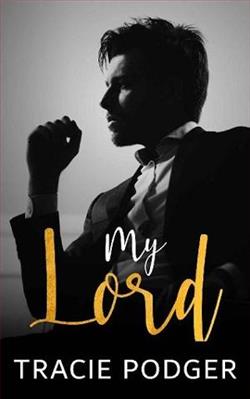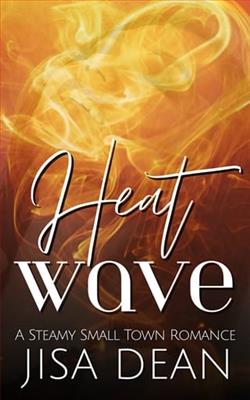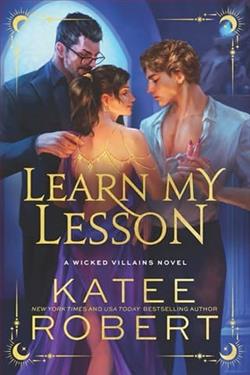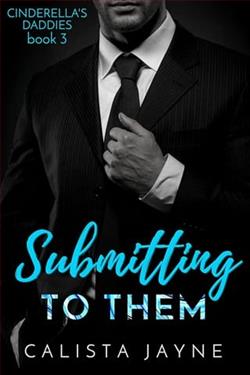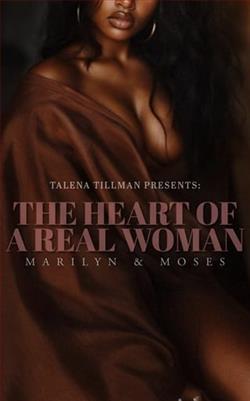Page 54 of Badlands
“Definitely not, since the landscape already had many highly visible landmarks. Exactly what they were for is still a mystery. Was it to call the faithful to assemble, marching down the roads into Chaco for religious ceremonies? Or to communicate with the gods? Or to pass along vital information about weather systems, rain, and crops? Or did the system of roads and lighthouses have a military purpose? And if so, what? Who were they afraid of?”
“Aliens?”
“Very funny,” Corrie said, nudging him as he grinned and took another sip.
“The lighthouses are, in some ways, more mysterious than theroads themselves. Nobody knows their full extent, how many existed—there are so many spires of rock in the Four Corners area, it would take ages to inspect them all.”
“Sounds like an obvious task for archaeologists,” Watts said.
“You’re welcome to try. Anyway, here’s where we get to Driver’s last chapters. Once I read them, it became clear what the rest of her dissertation was leading up to. Take a look at this map of hers.” Nora pointed to one of the unfolded sheets. “You see this line of dots, heading northwest? Those are known Chacoan lighthouses. Now, look here—farther along.” She pointed out several more spots, marked on the map in a rough arc. “You see this arc? It represents seven lighthouse towers, extending the arc of known lighthouses. And each of those seven towers is a black volcanic plug. This one, and this one, are the badland pinnacles where the women’s bodies were found. There are five others.”
“No shit!” murmured Corrie, staring.
“Driver’s missing chapters speculated that the invaders the ancient Chacoans were so afraid of were none other than the Gallina tribe. And this arc of lighthouses—beyond any known before—was directly in line with the Chama River area, where the Gallina lived. Driver believed those seven lighthouses served as an early warning system, a kind of ancient DEW line, against a possible invasion from the Gallina.”
“How could she know that?” Watts asked.
“I’m not sure. It seems Driver never visited, or at least summited, the pinnacles she marked here across the badlands. It looks like her chapters were withdrawn before she could verify that the arc of volcanic plugs was, in fact, lighthouses.”
Corrie and Watts peered at the map.
“How weird,” said Corrie.
“It gets weirder,” Nora said. “Driver’s dissertation advancesa theory that she ascribes to Oskarbi. The origin of the Gallina has always been a mystery. Driver, quoting Oskarbi, says that the Gallina were a branch of the Totonteac Indians of Mexico. They somehow had a falling out, or split, and the Gallina people came north, up here, bringing with them their culture and religious practices. They ultimately came in conflict with the people of Chaco, who thought they were witches, or evil, or dangerous in some way—and wiped them out.” She paused. “That last part, at least, is consistent with what is known: there was a devastating genocidal attack on the Gallina people around 1200 CE, which wiped them out in one hammer-like blow.”
“Jesus,” said Corrie, shaking her head.
“I’m a little confused,” said Watts. “Who were the bad guys and who were the good guys here?”
“We archaeologists don’t make moral judgments like that. What seems evident is that the Chacoans lived peacefully until the Gallina arrived, who threatened them with violence and witchcraft. The Chacoans first built the lighthouses to protect themselves, but when the Gallina continued to menace and even kill them, the Chacoans finally retaliated—invading and successfully wiping them out.”
“Okay,” said Watts. “I get it now. Being law enforcement, I like to know who’s right and who’s wrong.”
“In this case, as I’m about to show you, the Gallina were the aggressors. You see—” She hesitated. “I drove up here to tell you what I found when I climbed the badland pinnacle above Molly’s corpse.”
“You did?” said Corrie. “When?”
“Today.”
“By yourself? Alone?”
“Well, yes.”
Corrie laughed. “That’s crazy. That’s like somethingIwould do.”
“Maybe—if you knew how to free climb. But anyway, what I found at the top was a great hearth of flat stones scorched and cracked by fire, along with a sort of hut or storage chamber. Here’s what I found inside.” Nora picked up her phone and handed it to Corrie. “Swipe through those photos.”
Corrie began swiping through them, her face turning pale.
“They weren’t just lighthouses,” Nora said. “See all those bones? They’re a thousand years old, but you can still see the evidence of burning, the cut marks, bashed-in skulls—all signs of violent death.” She paused. “Driver never explored the top of one of those seven black lighthouses. But I did get to the top of one. And I believe those bodies I found—the photos you’re looking at—are the remains of the lighthouse guardians.”
“You mean, Chacoans?” Watts asked.
“It makes perfect sense. The Chacoans hated and feared the Gallina—and the Gallina couldn’t have been pleased having these watchtowers on their border, keeping track of their movements. I’ll bet the Gallina did something about it. The fact those bodies were burned indicates they might have been sacrificed… by the Gallina. And, if you take that assumption to its logical conclusion, the killing of the keepers—seizing the DEW line, to follow my analogy—might in turn have been what precipitated the Chaco invasion of Gallina… and the subsequent genocide.”
She fell silent. For a long time, there was no sound but the crackling of the fire.
“Human sacrifice,” breathed Corrie at last. “So these women who killed themselves, who went out to the pinnacles and died—they might have been part of some sort of resurrected sacrificial rite?”










